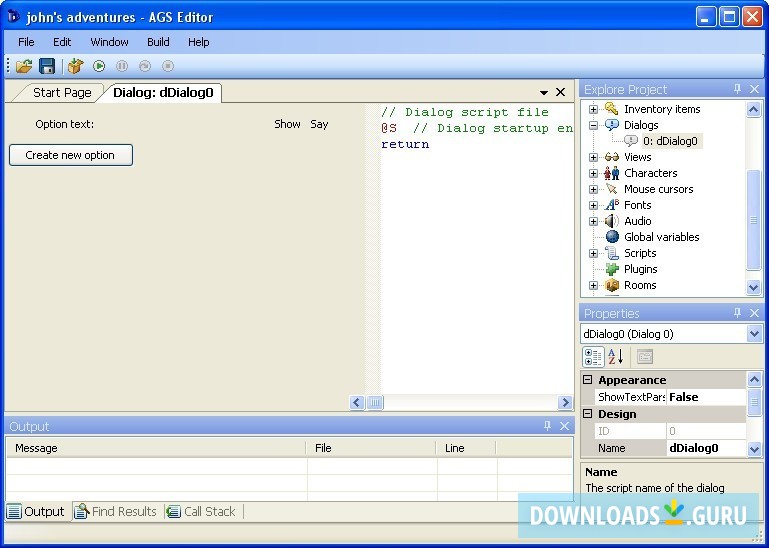
Keep practicing and moving through the assignments.Īt the end of each chapter are activities for experimentation and practice. If you feel like a chapter is a challenge, don't give up. The more you program, the easier it will get.

Read through the chapters - even if you don't understand all of what you are reading.

If you've never worked with C# or are just learning to program, this book was written for you. Highlighting with color where the player needs to enter informationĬontent is displayed depending on player choice Screenshots of an example adventure game: You can always go back and read it later. If you are feeling overwhelmed with new information, skip the box. Clicking the title reveals explanations, code examples, and other items that might be useful (but not essential for you to build the Adventure Game).Įxpand these boxes to learn more. More information is inside of expandable boxes.

Often the most straightforward way to code is not necessarily the most efficient or elegant. This book is written for those new to C#, or to programming in general. Later, we will add some design elements to our interface. At first C# fundamentals will be our priority. We will focus on programming basics that are, for the most part, similar across multiple languages with console applications. By the end of this series you'll have several console applications that show your understanding of programming and C#. These are opportunities to experiment and practice what you've learned. At the end of each chapter you are encouraged to create additional smaller programs. Learning to program is similar to learning a musical instrument, or a foreign language. While constructing a text-based game, you can gain an understanding of fundamental programming concepts, and an introduction to object-oriented theory. Building a C# adventure game can be a fun way to learn how to code.


 0 kommentar(er)
0 kommentar(er)
